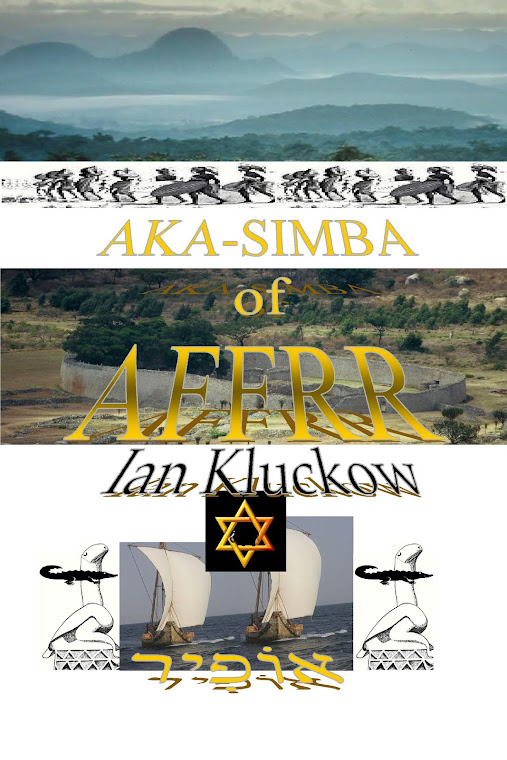A PROBABLE TRUTH
While washing the sands of the great river from their port of Sa-Affrr (modern Sofala), the mixed race offspring must have ventured ever deeper inland. With encouragement from their pure blood trader masters, the mixed people would have eventually come to a high, fertile, well watered, gold rich plateau very similar to the homeland of their fathers and ancestors. The roots of those people, who would still have been regarded as Mwenye, were diverse, but mainly lay among Sabaean Queen Sheba’s vassals, the Limi people of Harari and the Ba-Rozvi of Galla in North East Africa – Ethiopia. History faintly records the Romans penetrated and reached Aga-Zymba an almost inaccessible land where summer was winter. This name was almost certainly derived from ancient Aksum in Ethiopia. Aksum-Ba recalled, in time honoured fashion, the ancestry and homeland of the Mwenye.
Over a vast period of time, the island dwellers and port officials, constantly visited by sailors and seafaring traders some from as far as Saba itself, must have been a gradually changing people influencing the inland prospectors and miners, experts in terrace construction, irrigation and tillage who supplied their seafaring Sabaean cousins, specularite, gold, copper, tin, iron and many other African trade items such as ivory, skins, gums and animals.
Long after the coming of Islamic Arabs and the disappearance of the Semitic Mwenye, vestiges of the Aga-Zymba civilisation, the Lemba, ‘those who refuse’ were discovered in the early nineteenth century, along the Limpopo River by Afrikaans ‘Voortrekkers.’ Lighter-skinned, narrow-nosed and longer haired than local Bantu peoples the Lemba were renowned metal workers, practiced circumcision and followed the Mosaic Code. Fiercely refusing to change their customs or be absorbed by other Bantu tribes and beliefs and with typical Arabic clan names they were at first thought to be Muslim. But when their customs became more fully understood, the Lemba were named ‘Black Jews’ by Oom Paul Kruger, the Boer president of the then South African Transvaal Republic. A century later the Lemba were forced by the apartheid ideology to live in a native reservation among the Venda people. The enigmatic Lemba have always claimed that their ancestors came from afar, that they had a ‘book’ by which they lived and that they built the largest ancient temple in the southern hemisphere – The Great Zimbabwe. Their claim however has been consistently and curiously ignored even ridiculed by mainstream archaeologists.
This controversial subject and one of southern Africa’s greatest unsolved mysteries was first popularised by Henry Rider Haggard’s famous novel King Solomon’s Mines.
Who extracted tens of thousands of tonnes of copper and specularite, thousands of tonnes of tin and gold in southern Africa and left their ancient mines abandoned at the water table? Were the miners the architects of more than a million acres of sophisticated irrigated terraces and six thousand enigmatic stone-lined pits in the eastern Nyanga Mountains of Zimbabwe? Most intriguing of all, were they a ruling class who designed and constructed the southern hemisphere’s largest ancient temple – The Great Zimbabwe?


No comments:
Post a Comment